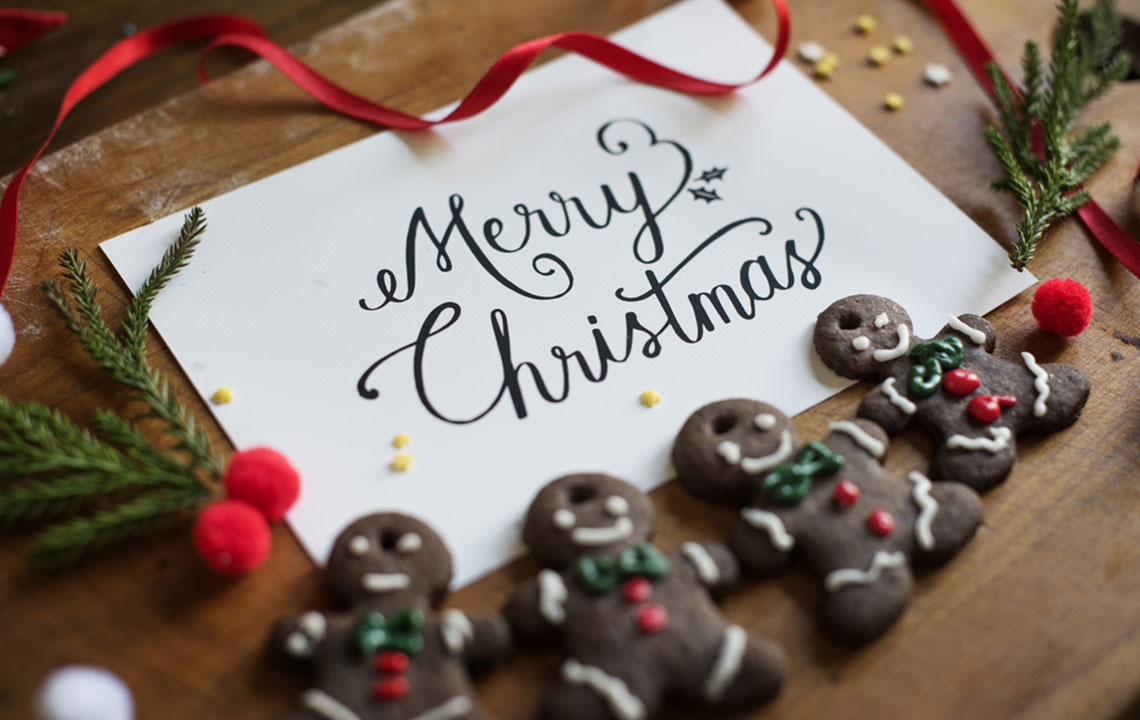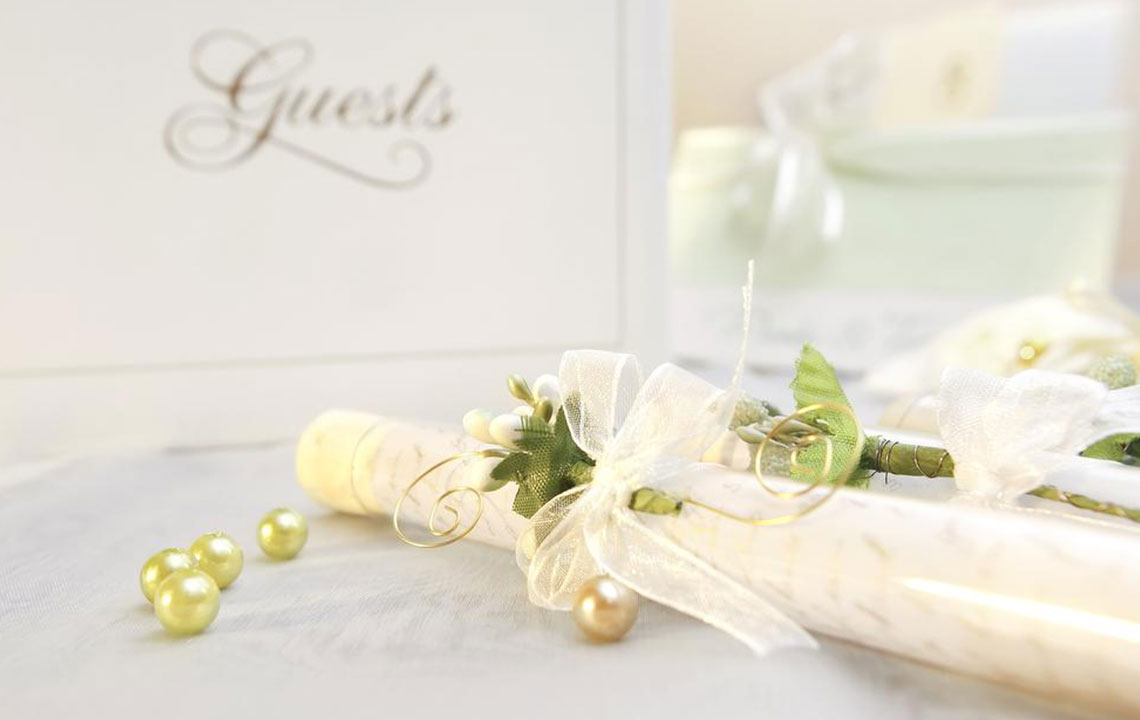Ultimate Guide to Selecting and Printing Envelopes
Discover essential tips for choosing the right types and sizes of envelopes, along with printing guidelines. This comprehensive guide covers different envelope styles, how to print professionally, and using templates for a polished look, ensuring your correspondence makes a lasting impression every time.

Ultimate Guide to Selecting and Printing Envelopes
The presentation of your correspondence begins with the envelope. Whether formal or casual, choosing the right envelope type enhances the message’s impact. The envelope's design and size convey professionalism and purpose. Here's everything you need to know about different envelope styles, sizes, and printing tips:
Envelope Types and Sizes
A2 Envelopes (4.75 x 5.75 inches): Perfect for thank-you cards, RSVP notes, and casual communication.
A6 Envelopes (4.75 x 6.5 inches): Suitable for invitations, greeting cards, and event announcements.
A7 Envelopes (5.25 x 7.25 inches): Ideal for 5x7-inch cards and wedding invitations.
A9 Envelopes (5.75 x 8.75 inches): Used for larger invitations and official notices.
Number 10 Envelopes (4-1/8 x 9-1/2 inches): Commonly used for business letters, invoices, and formal communication.
Number 9 Envelopes (3-7/8 x 8-7/8 inches): Often serve as return envelopes or small brochures.
Number 6 3/4 Envelopes (3-5/8 x 6-1/2 inches): Used for personal letters and small invoices.
Other Envelope Styles
Square Envelopes: Available in various sizes like 4x4, 5x5, and 6x6 inches, common for invites and marketing materials.
Catalog Envelopes: Large, open-ended options (9x12, 10x13 inches) for mailing catalogs and booklets.
Window Envelopes: Transparent window displays recipient's address; ideal for billing statements.
Clasp Envelopes: Secured with a clasp, suitable for sensitive or important documents.
Policy Envelopes: Narrow and elongated, used for legal-sized papers and certificates.
Booklet Envelopes: Larger flaps for sending brochures, catalogues, or thicker materials.
Printing Your Envelopes
Preparation: Choose your envelope size in your design software or word processor before printing.
Design: Set margins for the recipient and return addresses, usually around 0.5 inches.
Testing: Always print a test on plain paper to check alignment before using actual envelopes.
Printing: Load the envelope properly into the printer’s manual feed tray and print the final copy.
Using Templates for Professional Results
Select Templates: Use software options matching your envelope size for easy customization.
Customize: Add addresses, logos, and graphics as needed.
Test: Print on plain paper first to ensure proper placement.
Final Print: Load envelopes into the printer and execute your print job.
After printing, securely seal your envelope whether with adhesive or self-sealing options. An attractive and well-made envelope sets a professional tone for your message. Use these tips to ensure your envelopes leave a lasting impression!









